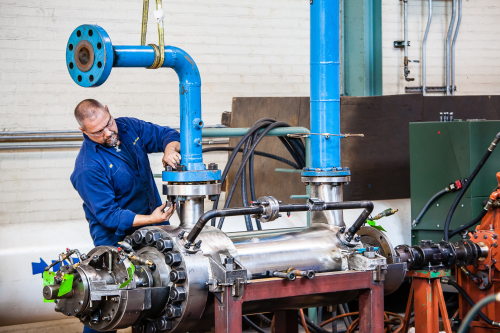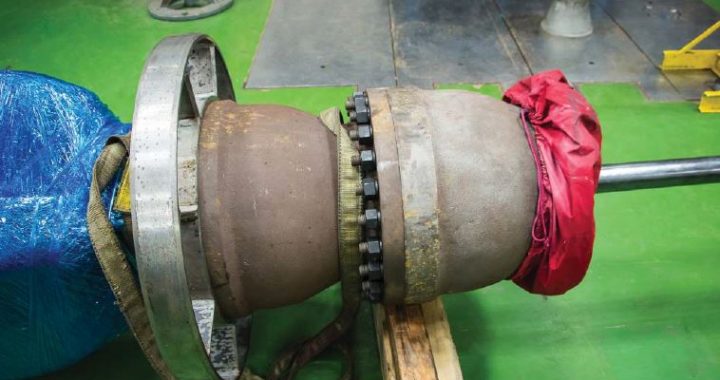 A major pipeline transmission company found itself reconsidering the effectiveness of its maintenance strategy. The company faced a challenge: optimizing asset visibility and implementing remote condition monitoring of equipment health while avoiding a high-cost investment and installation disruptions.
A major pipeline transmission company found itself reconsidering the effectiveness of its maintenance strategy. The company faced a challenge: optimizing asset visibility and implementing remote condition monitoring of equipment health while avoiding a high-cost investment and installation disruptions.
This particular pipeline transfers a variety of products, ranging from gasoline to jet fuel, serving customers via pump stations and storage tanks across the United States. For this customer, it is imperative to ensure that pumping assets are efficient, reliable and safely maintained consistently. The pipeline supports the needs of more than 50 cities, thus making the pumping assets critical to the availability and overall operation.
Technology plays a vital role in day-to-day operations in supporting end user activities, ensuring strict safety regulations, optimizing maintenance and providing data on equipment health. In this case, the pipeline company wanted to significantly improve and innovate upon its current maintenance approach in two ways: by monitoring asset visibility in real-time and trending data for their critical pumping equipment.
Authored by Ares Panagoulias and Ken Babusiak.
Sourced: pumpsandsystems.com






